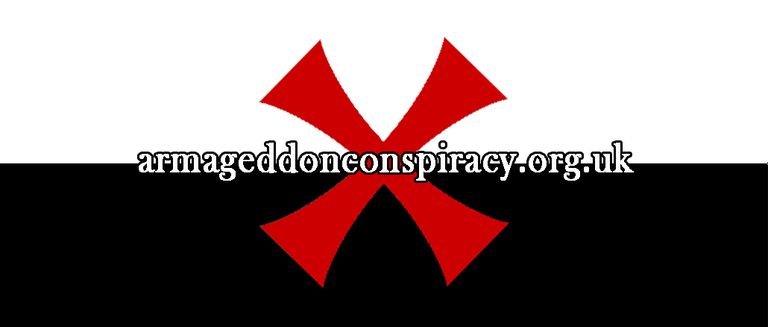Select pages - there are more than 4 available
God of the River Tyne.

Bronze sculpture outside the Civic Centre in Newcastle upon Tyne, England. Made by David Wynne and finished in 1968.
When Somerset House in London was rebuilt in 1786, nine ‘masks’ were placed along the Strand front. Sir William Chamber designed them to represent the Sea and eight English rivers.
The sculpture by David Wynne, depicts a giant bearded figure with a twisted torso. The idea originates from a sculpted head of the Tyne god on Somerset House (London) dating from 1786. A fountain of water runs from his outstretched hand along his body which has caused the patina to turn into green and brown. With a height of 4.8m and a weight of 2880kg, the sculpture was said to be the largest bronze figure in the UK since Rodin's time.
https://artuk.org/discover/artworks/river-god-tyne-280079

Head of a River God - The Tyne, ca. 1780
After Sir William Chambers RA (1723 - 1796).
https://www.royalacademy.org.uk/art-artists/work-of-art/head-of-a-river-god-the-tyne
The Norse Connection.
Angles of the North.
The Angles (Old English: Ængle, Engle; Latin: Angli) were one of the main Germanic peoples who lived in Great Britain. They founded several kingdoms of the Heptarchy in Anglo-Saxon England, and their name is the root of the name England ("land of Ængle"). Angles are related to the historical regions of Schleswig and Holstein, today part of southern Denmark and northern Germany (Schleswig-Holstein).
Situated around modern Durham and Northumberland, the kingdom was based on one called Bernaccia which seems to have been founded during the break-up of (the alleged) Romano-British administration in fifth century Britain. A group of Angles took it over, in AD 547 according to tradition (speculation!), and pronounced the existing name as Bernicia.
The Bernaccian Britons were the descendants of the southern Votadini tribes. The state is mentioned in Old Welsh poetry, in the writings of Nennius, and elsewhere under the name of Bryneich or Brynaich. It is not quite clear whether this is simply supposed to represent a Welsh version of the later Anglian Bernicia, or was the name of a preceding Brythonic kingdom. However, as the name seems to derive from the Brythonic word Berniccā / 'berna', perhaps meaning 'gap' or 'land of mountain passes', the latter hypothesis would appear to be correct. It is possible that the name had its earliest origins in the Brigantes, although this is generally discounted.
Calling upon either Corstopitum, just south of Hadrian's Wall, or Cataractonium (later Catreath of the Mabinogion, modern Catterick) as its capital, Bernaccia encompassed the land to the east of the Pennines, from the northern border of Ebrauc to the mass of the Lammermuir Hills which separated it from the northern Guotodin. Its traditional northern border stretched between Gefron (Yeavering, bordering the Cheviot Hills) across to the sea to the Din Guardi of Nennius. This fortress, Din Guardi or Dynguayth, is equated with Bamburgh thanks to an entry in the Anglo-Saxon Chronicle and also serves as the probable site of the Arthurian Joyous Gard. It lies midway between the two Roman walls but, considering the fact that the kings of Bernaccia were claimed as descendants of High King Coel Hen, who was also known as the 'King of Northern Britain', it seems likely that the remaining few miles of territory would also be claimed by them. Ynys Metcaut / Innis Metcaud (Isle of Winds) was the Celtic name for Lindisfarne.
According to Gesta Danorum, Dan and Angul (Angel), were sons of one Humbli, who were made rulers by the consent of the people because of their bravery. Dan gave names to Danes and Angel gave names to Angles.
Gesta Danorum ("Deeds of the Danes") is a patriotic work of Danish history, by the 12th-century author Saxo Grammaticus ("Saxo the Literate", literally "the Grammarian"). It is the most ambitious literary undertaking of medieval Denmark and is an essential source for the nation's early history. It is also one of the oldest known written documents about the history of Estonia and Latvia.
Source: https://en.wikipedia.org/wiki/Gesta_Danorum
Source: https://www.historyfiles.co.uk/KingListsBritain/BritainBernaccia.htm
King Olav Opens New Civic Centre (1968).
Newcastle Civic Centre was completed in 1967 and officially opened by King Olav V of Norway on the 14th November 1968. Two sculputes by David Wynne were commisioned for the opening of the centre ("River God Tyne" and "Swans in Flight").
Video link below:

Swans in Flight by David Wynne.
Urðarbrunnr.
Urðarbrunnr (Old Norse "Well of Urðr"; either referring to a Germanic concept of fate—urðr—or the norn named Urðr) is a well in Norse mythology.
Urðarbrunnr is attested in the Poetic Edda, compiled in the 13th century from earlier traditional sources, and the Prose Edda, written in the 13th century by Snorri Sturluson. In both sources, the well lies beneath the world tree Yggdrasil, and is associated with a trio of norns (Urðr, Verðandi, and Skuld). In the Prose Edda, Urðarbrunnr is cited as one of three wells existing beneath three roots of Yggdrasil that reach into three distant, different lands; the other two wells being Hvergelmir, located beneath a root in Niflheim, and Mímisbrunnr, located beneath a root near the home of the frost jötnar.

The Three Norns and the Well of Urð.
by Karl Ehrenberg.
The Last Bling King.

"As he kicked away a bling crown that had fallen from someone's head and landed in front of him, Greg realised these weren't his closing images at all. They were the opening images of the new movie of his life, the movie he'd be happy to watch on an infinite loop. His life would be a collection of the most wonderous pearls scattered over a beach of gold in this new Eden. He'd have to polish every moment, to make each gleam and shine like a perfect mirror because he might be seeing himself reflected back in those mirror moments.
Forever.
FADE TO BLACK"
The Last Bling King.
Mike Hockney.
